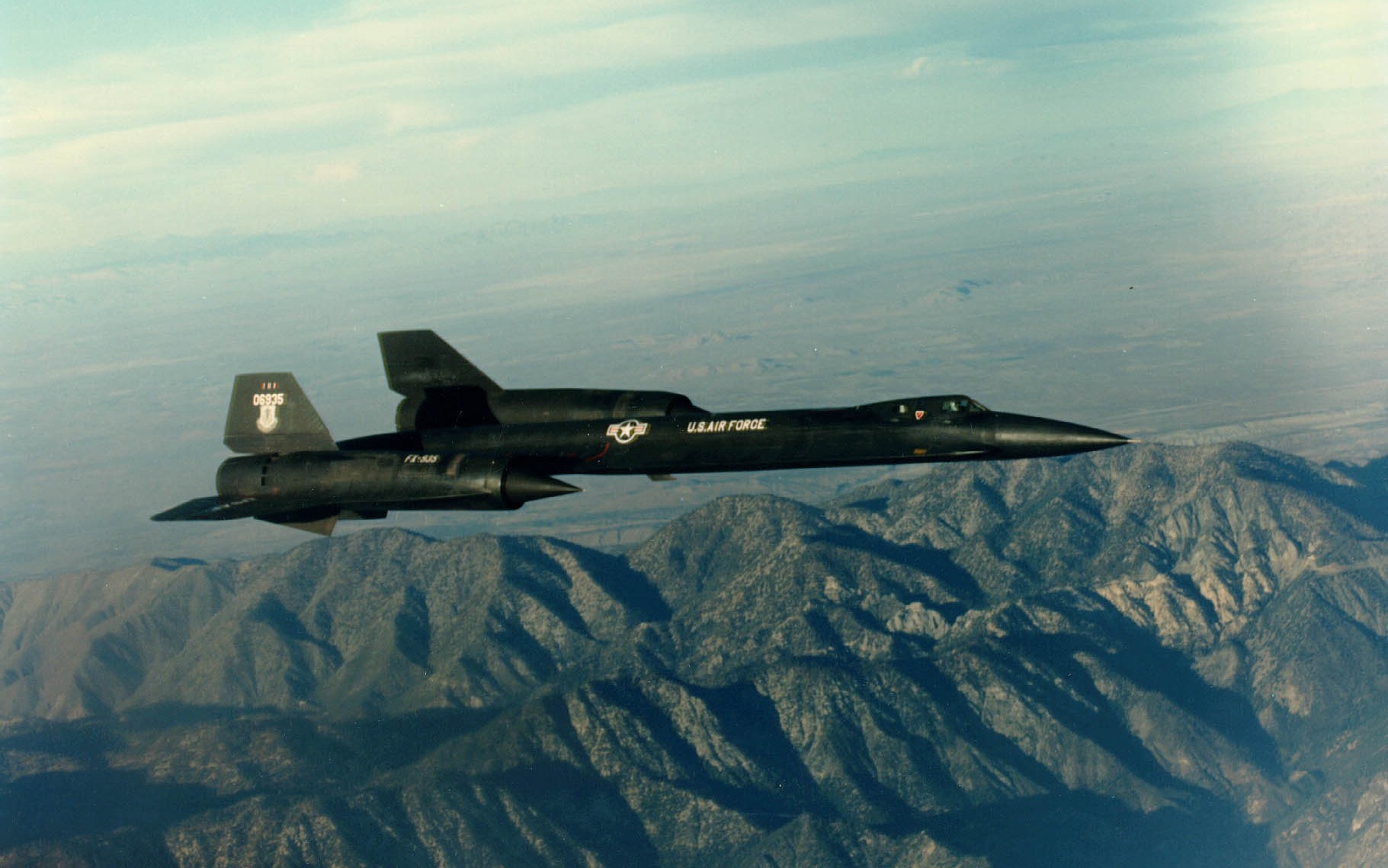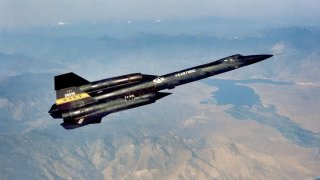YF-12A: The Mach 3 Fighter Jet the Air Force Had to Pass On
The YF-12A, developed by Lockheed Martin's Skunk Works in the early 1960s, was a pioneering aircraft that combined early stealth features with unmatched speed.
Summary and 3 Points You Need to Know: The YF-12A, developed by Lockheed Martin's Skunk Works in the early 1960s, was a pioneering aircraft that combined early stealth features with unmatched speed.
-Capable of flying over Mach 3 and reaching altitudes above 80,000 feet, the YF-12A set several speed and altitude records.
-Though only three prototypes were built, and the program was eventually canceled in favor of the SR-71 Blackbird, the YF-12A's innovations in stealth, materials, and aerodynamics significantly influenced future American stealth aircraft, including the F-117 Nighthawk.
The Incredible YF-12A
When people think of stealth planes, they think of the black triangles belonging to the F-117 Nighthawk or the B-2 Spirit. When people think of spy planes, it is often the U-2 or the supersonic SR-71.
But long before these stealth planes came one aircraft designed with stealth features in mind. It was also meant to outrun any other warplane or anti-aircraft system it might face.
It was the early 1960s, and the U-2 spy plane was the cream of the crop when it came to covert aerial assets. There was just one flaw: It could be shot down. And when it was, it caused quite a stir. Gary Francis Powers and his U-2 plane were shot down over the unfriendly skies of the Soviet Union, and the Americans learned they needed a better system.
Where would the Air Force and the intelligence community get a recon bird that could go high, not be detected by enemy radar, and conduct intercept missions at speeds over Mach 3?
That’s where the YF-12A came into play.
Designed and developed by Lockheed Martin’s legendary Skunk Works division, the YF-12A is a remarkable piece of engineering that fused early stealth capabilities with high speed. Not just a recon bird and not only a fighter-interceptor, the YF-12A was designed to do it all.
And it did it all very well.
Powered by two Pratt & Whitney J58 engines, this bird could operate comfortably at subsonic and supersonic speeds. Its high-speed cruise exceeded Mach 3.2.
The YF-12A achieved an unofficial world speed record of 2,070.102 miles per hour over a 15/25-kilometer straight course, and 1,643.04 miles per hour over a 500-kilometer closed circuit. What’s more, the YF-12A made it to 1,688.89 miles per hour over a 1,000-kilometer closed circuit course. Last, but not least, this bird set a world record for altitude, reaching a whopping 80,259 feet.
Travel at such speeds requires heat-resistant alloys. Without them, a plane would burn up in the atmosphere. The YF-12A’s outer skin would heat to a scorching 600 degrees Fahrenheit during flight. The last thing anyone wanted was to have a subpar alloy skin.
The geeks at Skunk Works figured out that the bird needed to be made of titanium, an alloy that handled extreme heat very well.
Aeronautical engineers decided to throw in early radar-absorbing materials and to design the overall bird in a shape that would reduce its radar cross section (hence making this plane a zippy and stealthy bird of prey).
Things get really interesting when thinking about armaments.
The plane that the YF-12A most resembled was the SR-71 Blackbird. But the iconic Blackbird was designed for high-speed flight and recon only. Lockheed wanted to pair the YF-12A with some offensive capabilities. Skunk Works created a robust armaments package for this stealthy, high-flying birdie. It came equipped with a Hughes AN/ASG-18 fire control system and carried three Hughes AIM-47 Falcon air-to-air missiles. These missiles could each be equipped with nuclear warheads.

In 1968, citing high costs and prioritizing the SR-71 reconnaissance bird over high-speed fighter-interception, the U.S. government scuttled the YF-12A program. Only three prototypes of this amazing aircraft were ever built.
Still, the YF-12A made its mark on American aviation history. The lessons learned from this program were directly applied to the wildly successful SR-71 Blackbird. In fact, the composite materials, engine design, and overall aerodynamics of the YF-12A would directly impact the development of the far more important stealth warplanes that dominate America’s arsenals today, starting with the F-117 Nighthawk.
It is a great tragedy, however, that the YF-12A was never fully realized. Had it been, the development curve of stealth planes and ultra-fast fighter-interceptors might have been streamlined.
Nevertheless, the YF-12A was destined to have a big impact on the future of American military aviation. The YF-12A is one of the greatest planes few Americans have ever heard of. It may be forgotten, but its influence is felt across the force.
Author Experience and Expertise: Brandon J. Weichert
Brandon J. Weichert, a National Interest national security analyst, is a former Congressional staffer and geopolitical analyst who is a contributor at The Washington Times, the Asia Times, and The-Pipeline. He is the author of Winning Space: How America Remains a Superpower, Biohacked: China’s Race to Control Life, and The Shadow War: Iran’s Quest for Supremacy. His next book, A Disaster of Our Own Making: How the West Lost Ukraine, is due October 22 from Encounter Books. Weichert can be followed via Twitter @WeTheBrandon.
All images are Creative Commons or Shutterstock.
From the Vault
Russia Freaked Out: Why the U.S. Navy 'Unretired' the Iowa-Class Battleships
Battleship vs. Battlecruiser: Iowa-Class vs. Russia's Kirov-Class (Who Wins?)


